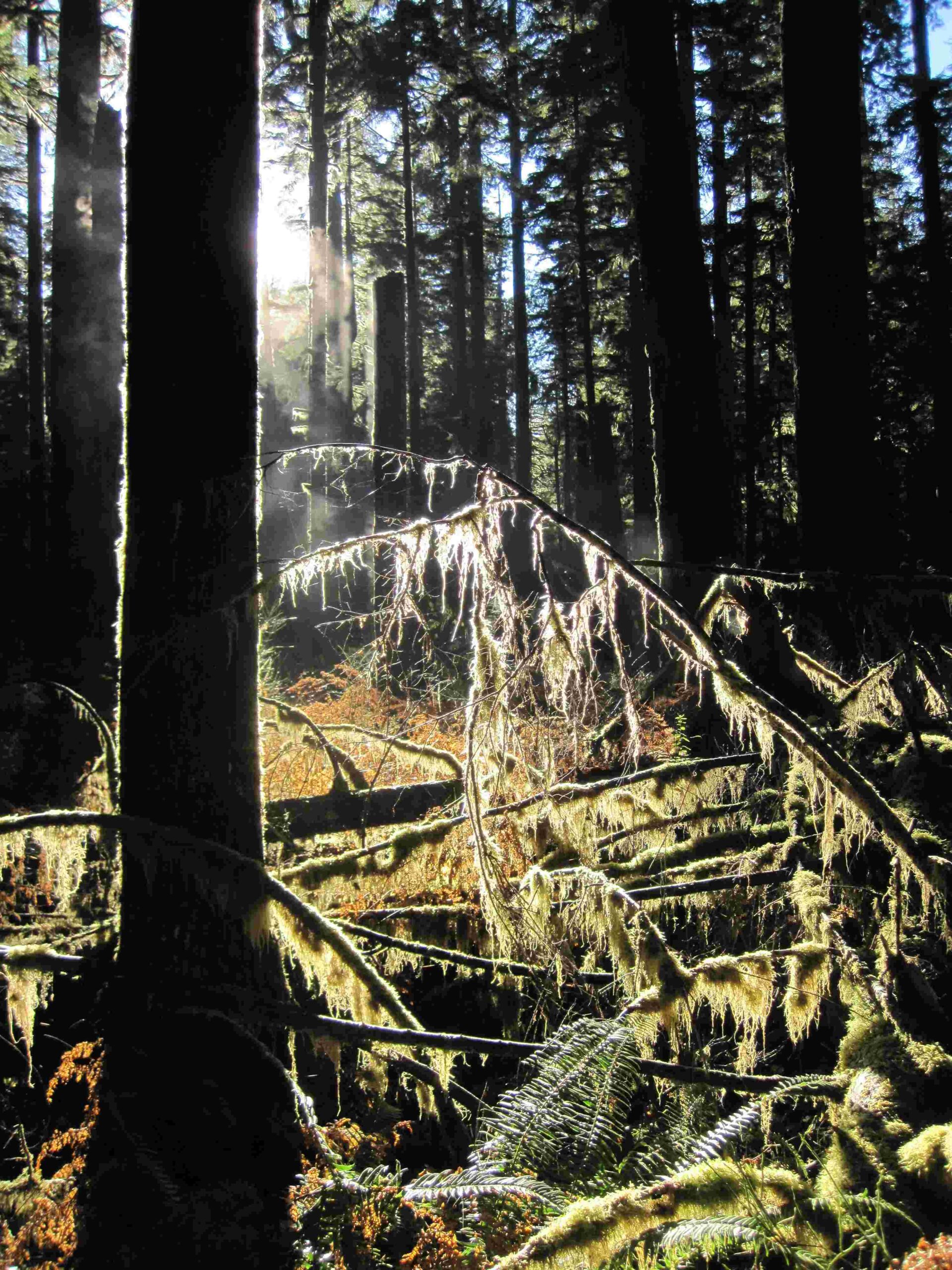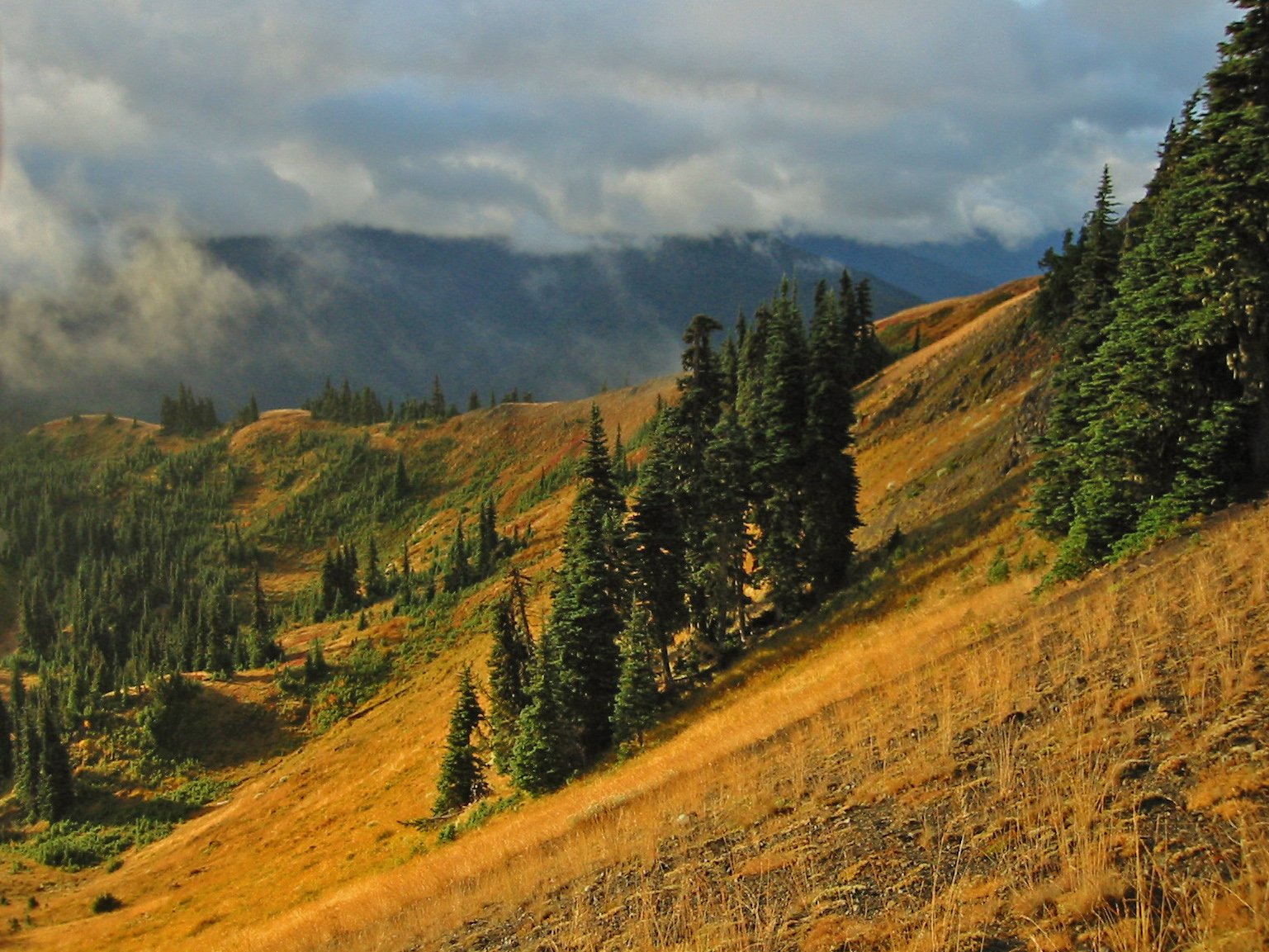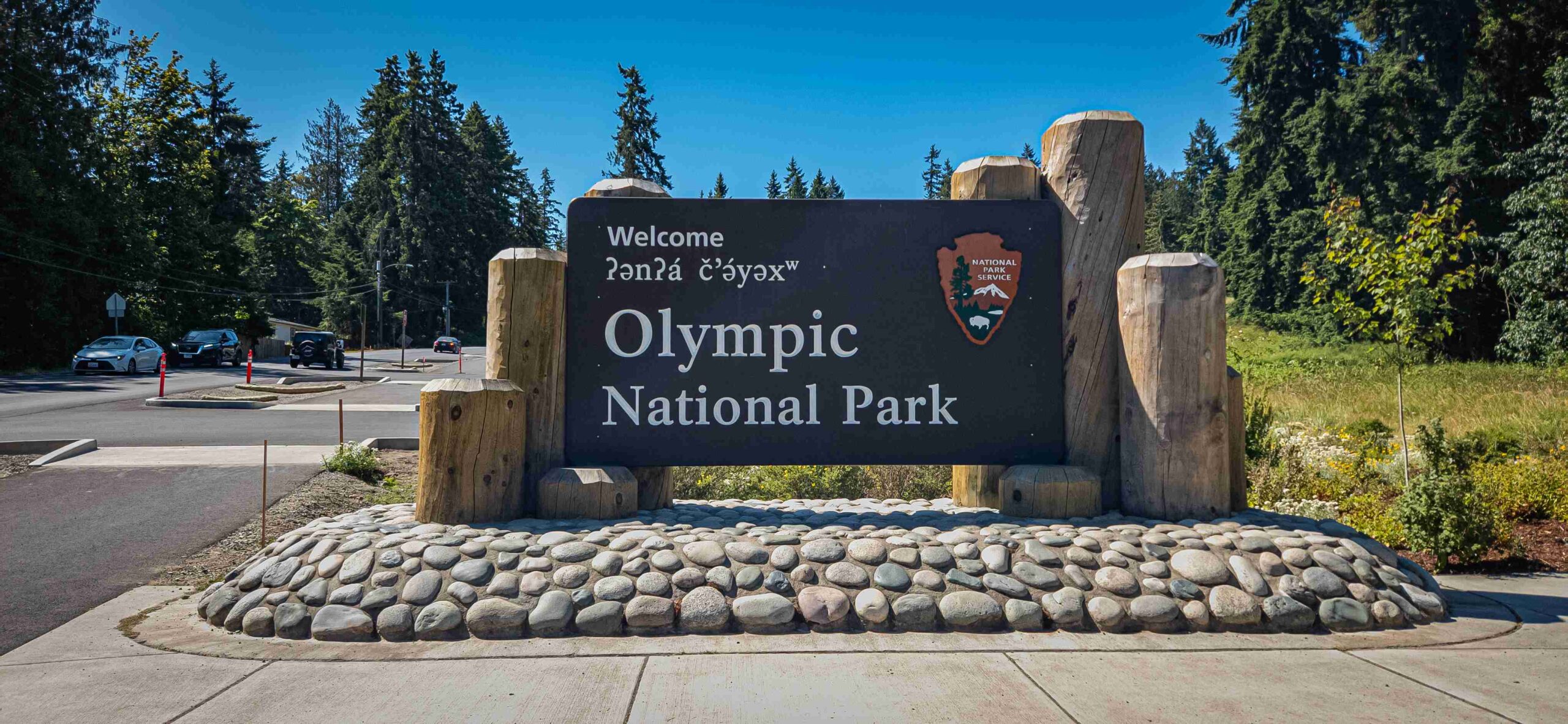The High Steel Bridge near Olympic National Park is a testament to early 20th-century engineering prowess. Built in 1929 for logging operations, this 685-foot-long, 375-foot-high steel truss arch bridge spans the South Fork of the Skokomish River. Now a popular tourist attraction, it offers breathtaking views of the surrounding forest and canyon. The bridge’s conversion from rail to road use in 1964 and its listing on the National Register of Historic Places in 1982 highlight its historical significance and enduring importance to the region.
What is the Historical Significance of the High Steel Bridge?

The High Steel Bridge, located in Mason County, Washington, near Olympic National Park, boasts a rich history deeply intertwined with the region’s logging industry:
- Construction: Built in 1929 by the American Bridge Company for the Simpson Logging Company
- Original Purpose: Facilitated logging operations in new areas of the Olympic Peninsula
- Unique Design: Truss arch bridge, chosen for durability and permanence
- Key Events:
- 1964: Converted from rail to road use
- July 16, 1982: Added to the National Register of Historic Places
This bridge played a crucial role in expanding logging operations and continues to be a significant landmark in the area.
How Can Visitors Access the High Steel Bridge?

Unlike many attractions near Olympic National Park, the High Steel Bridge is not accessed via a hiking trail:
- Located on National Forest Service road #2340
- Approximately 15-minute drive from Highway 101
- Visitors can walk across the bridge for panoramic views
- A previously existing trail into the canyon below has been closed for safety reasons
It’s important to note that attempts to use the closed trail are strongly discouraged due to dangerous conditions.
What Are the Unique Design Features of the High Steel Bridge?
The High Steel Bridge stands out for its impressive engineering and design:
| Feature | Specification |
|---|---|
| Material | Steel (750 tons used) |
| Length | 685 feet (209 meters) |
| Height | 375 feet (114 meters) above the Skokomish River |
| Type | Truss arch bridge |
Notable for being the tallest railroad bridge ever constructed in the United States, its design showcases the engineering capabilities of the early 20th century.
What Are the Best Photography Opportunities at the High Steel Bridge?
For photography enthusiasts, the High Steel Bridge offers numerous captivating angles and perspectives:
- Optimal Lighting: Early morning or late afternoon for softer, more dramatic light
- Recommended Angles:
- From the bridge itself, looking down into the canyon
- Low angle shots from approach roads, emphasizing the bridge’s height
- Panoramic views of the surrounding forest and river
- Photography Guidelines:
- Stay on designated pathways for safety
- Avoid approaching the edge of the bridge
- Respect closed areas and trails
While there are no specific photography restrictions, visitors should prioritize safety due to the bridge’s height and surrounding steep cliffs.
How Does the High Steel Bridge Relate to Olympic National Park?
While not within Olympic National Park’s boundaries, the High Steel Bridge complements the park experience:
- Proximity: Located near the eastern edge of Olympic National Park
- Ecosystem Connection: Spans the Skokomish River, which originates in the park
- Historical Context: Reflects the region’s logging history, which shaped the park’s boundaries
- Visitor Experience: Offers a unique perspective of the Olympic Peninsula’s topography
Visitors to Olympic National Park often include the High Steel Bridge in their itinerary for its historical significance and stunning views.
What Safety Precautions Should Visitors Take at the High Steel Bridge?
Given the bridge’s height and location, safety is paramount:
- Stay on designated walkways and viewing areas
- Do not attempt to use closed trails or access restricted areas
- Be cautious of weather conditions, especially wind and rain
- Keep a safe distance from the bridge’s edges
- Supervise children closely at all times
- Follow all posted safety guidelines and warnings
By adhering to these precautions, visitors can safely enjoy the breathtaking views and historical significance of the High Steel Bridge.
How Has the High Steel Bridge Impacted Local Ecology and Conservation Efforts?
The High Steel Bridge’s presence has had various impacts on the local environment:
- Habitat Fragmentation: Initially contributed to forest fragmentation due to logging activities
- Conservation Awareness: Now serves as a vantage point for appreciating the need for forest conservation
- Recreational Use: Shifted from industrial to recreational purposes, aligning with conservation goals
- Erosion Control: Ongoing maintenance helps prevent erosion in the surrounding area
- Wildlife Considerations: Design and location affect wildlife movement patterns
Conservation efforts in the area now focus on balancing historical preservation with ecological protection.
The High Steel Bridge near Olympic National Park stands as a remarkable feat of engineering and a window into the region’s rich logging history. Its towering presence over the Skokomish River canyon offers visitors a unique perspective of the Olympic Peninsula’s dramatic landscape. While primarily accessible by vehicle, the bridge provides an unforgettable experience for those exploring the areas surrounding Olympic National Park, blending historical significance with natural beauty.
References:
1. https://en.wikipedia.org/wiki/High_Steel_Bridge
2. https://outdoors.com/a-travelers-guide-to-washingtons-high-steel-bridge/
3. https://www.wta.org/go-hiking/trip-reports/trip_report-2021-06-20-7932703493

